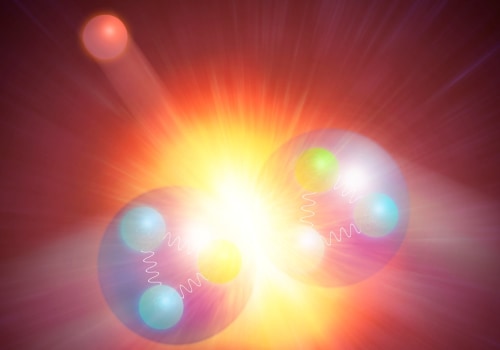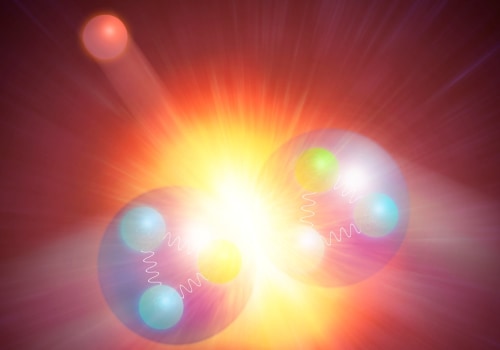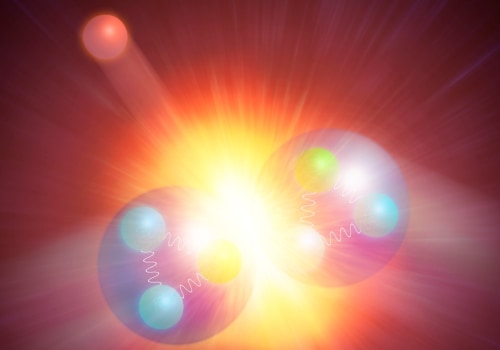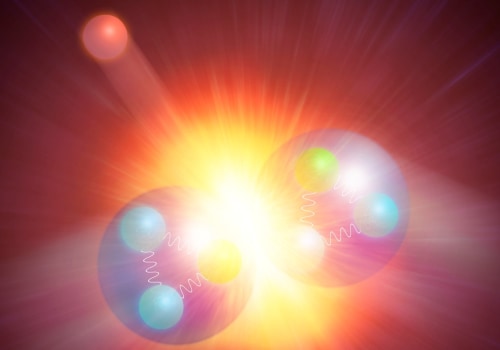When I was a teenager I could imagine a particle, I had been on the beach, I knew what grains of sand looked like. To conclude that a new particle has been found, particle physicists require that the statistical analysis of two independent particle detectors each indicate that there is less than one in a million chance that the observed decay signatures are due solely to random events in the background of the Standard Model. In 1962, physicist Philip Anderson, an expert in condensed matter physics, observed that the breakdown of symmetry played a role in superconductivity and suggested that it could also be part of the answer to the problem of caliber invariance in particle physics. Ten years later, scientists explain why it was so difficult to find the particle, what made it possible to capture it and what the future holds for us.
The number of elementary particle fields recognized by the standard model has changed over the past 100 years as new fields were discovered, but the four forces involved remained constant: gravity, electromagnetism, the strong nuclear force and the weak nuclear force. Caliber invariance is an important property of modern particle theories, such as the Standard Model, partly because of their success in other areas of fundamental physics, such as electromagnetism and strong interaction (quantum chromodynamics). In the late 1950s and early 1960s, physicists still didn't know how to solve these problems or how to create an integral theory for particle physics. It was at the forefront of particle physics until the 1920s, when it was supplanted by the Schrödinger model, which in turn was updated periodically throughout the century.
In the extreme energies of these collisions, the desired esoteric particles are produced from time to time, which can be detected and studied; any absence or difference with respect to theoretical expectations can also be used to improve the theory. If caliber invariance was to be maintained, then these particles had to acquire their mass through some other mechanism or interaction. Although this idea had wide support in the particle physics community thanks to Dirac's work, the mathematicians who described this model made some predictions that were obviously false. The key method for distinguishing between these different models is the study of particle interactions (coupling) and exact decay processes (branching proportions), which can be experimentally measured and tested in particle collisions.
The standard model includes a field of the type needed to break the electroweak symmetry and give the particles their correct mass.











Leave Reply